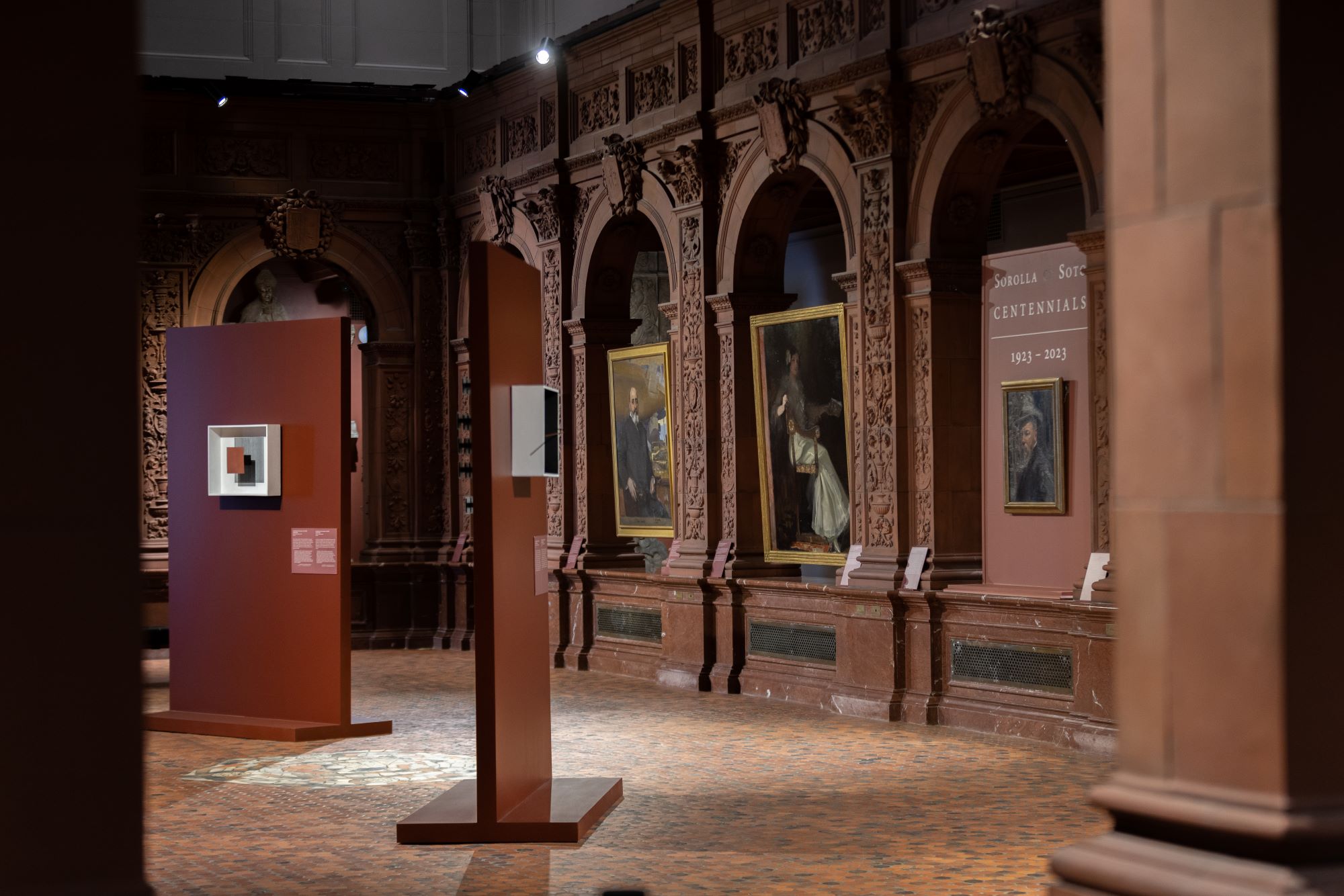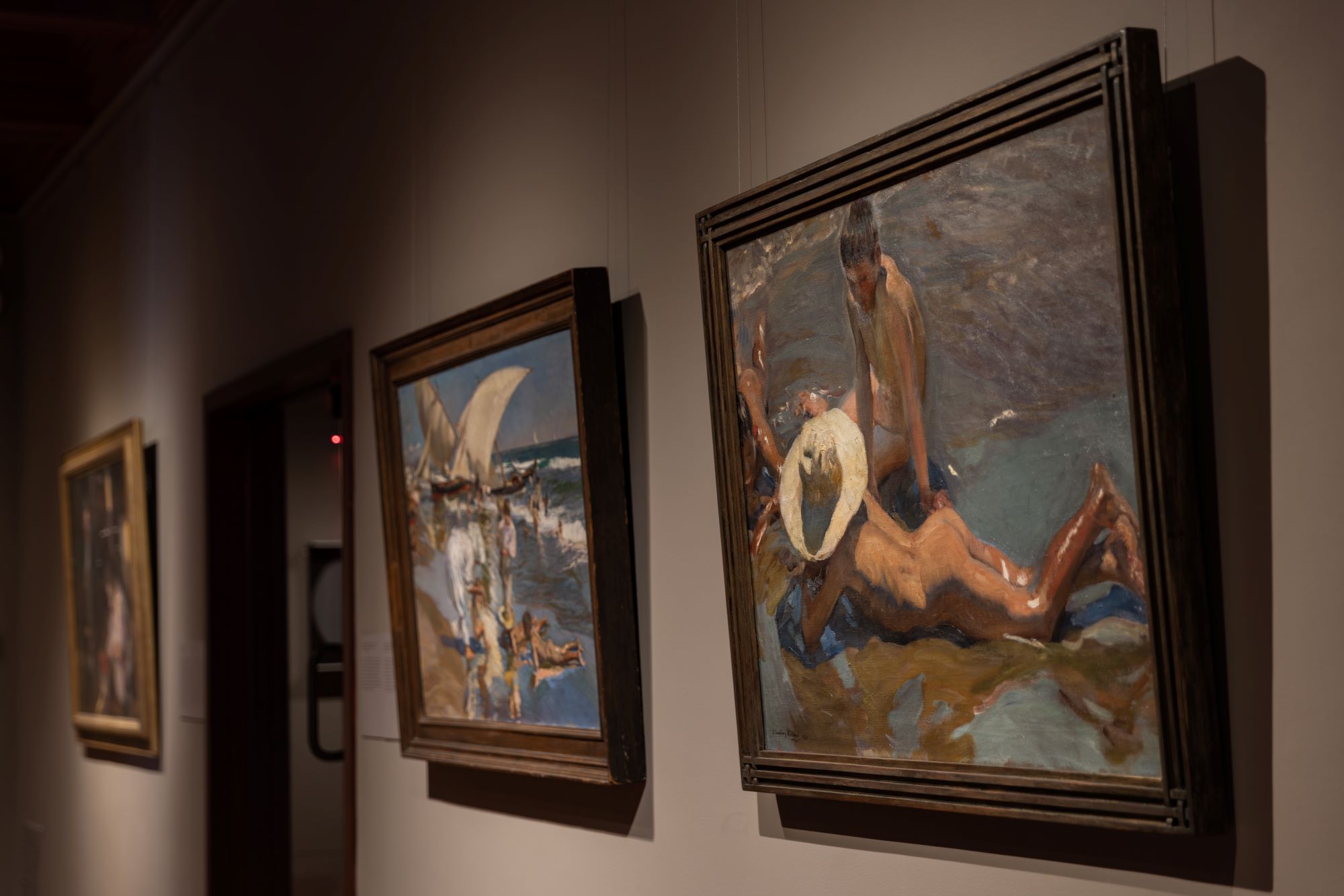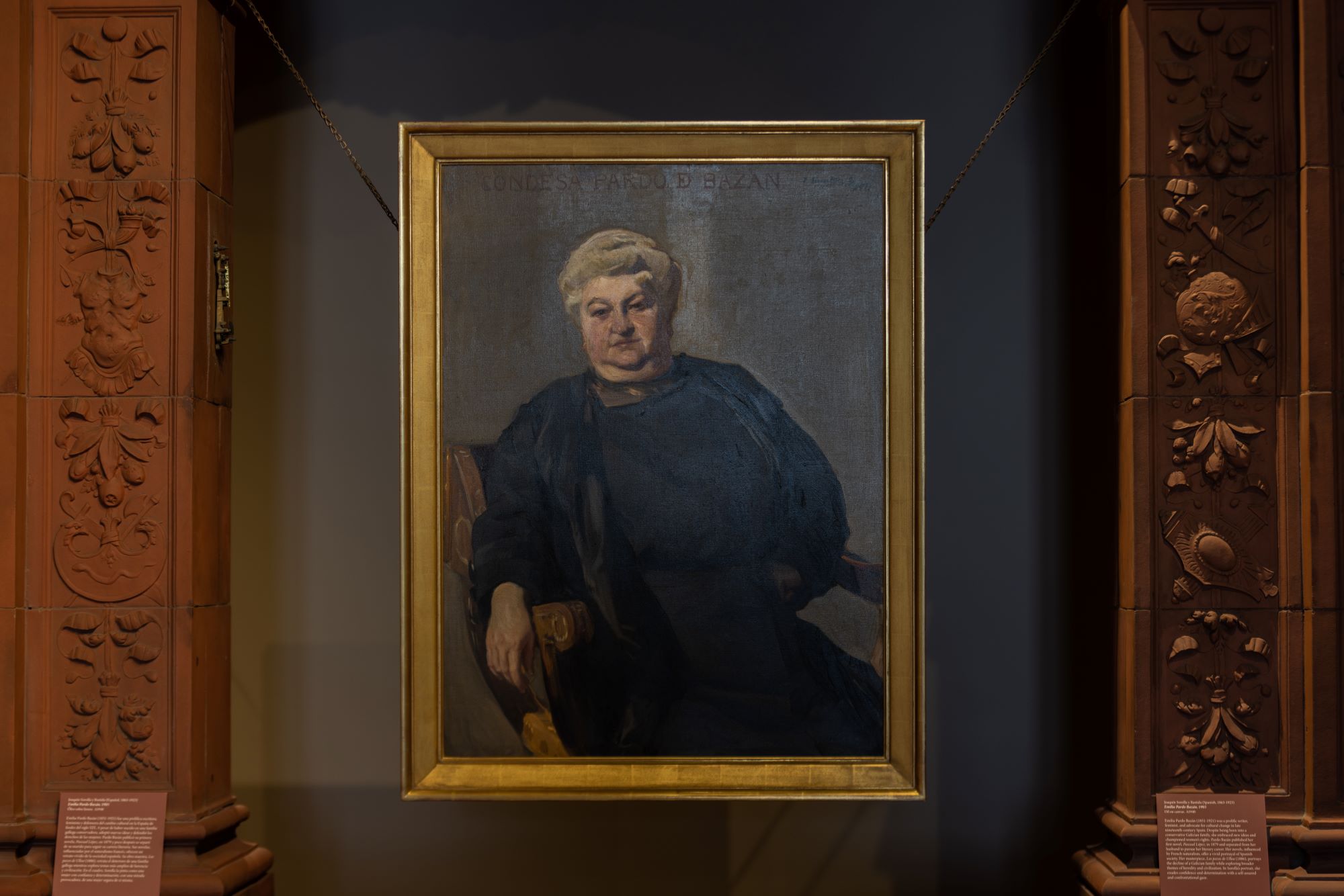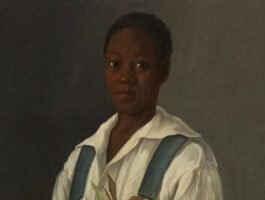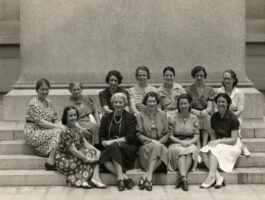1863–1923: Sorolla Centennial at the Hispanic Society Museum & Library
The Hispanic Society Museum & Library proudly celebrates the centenary of the passing of Joaquín Sorolla (1863–1923), an artist whose name and legacy remains inextricably linked to the history of this institution. Sorolla was a renowned Spanish artist, whose work was highly regarded in Europe and the Americas in the early twentieth century. Born in Valencia, he was orphaned early in life and raised by his aunt and uncle, who recognized his artistic talent and arranged for his training in painting and drawing from the age of nine. Sorolla honed his skills in Madrid, studying the works of the old masters and Goya at the Prado, and eventually received further training in Rome in the early 1880s and Paris in 1885.
Sorolla’s success began with his apprenticeship in Valencia with Antonio García (1841–1918), one of the most famous photographers of the nineteenth century. His marriage to García’s daughter, Clotilde García del Castillo, played a significant role in his career. Clotilde managed his household, assisted in preparing exhibitions, and most significantly, served as his muse. Sorolla achieved considerable recognition for his work, winning numerous awards and prizes, including a Grand Prix and a medal of honor at the Exposition Universelle of Paris in 1900 for his painting Sad Inheritance (1899).
Sorolla’s exhibition in London in 1908 caught the attention of Archer Milton Huntington, founder of the Hispanic Society of America, who invited the artist to exhibit his work in New York in 1909. Attracting 168,000 visitors in just four weeks, the exhibition proved a resounding success, and even required the museum to remain open until 11 p.m. in order to accommodate the crowds. In 1911, Sorolla returned to the United States for a subsequent exhibition tour during which he began work on the Vision of Spain, a series of fourteen wall paintings for the Hispanic Society. The dynamic pairing of the Vision of Spain Gallery in conjunction with some of his best paintings in the newly reopened Main Court serves as a tribute to the artist on the centennial of his passing, and to his great patron, Archer M. Huntington.
The museum is also commemorating the Venezuelan artist Jesús Rafael Soto (1923–2005), who was born the same year that Sorolla died. This double centennial symbolically unites two geniuses through their respective works in the Main Court. The Hispanic Society is committed to celebrating the heritage and creativity of the Spanish- and Portuguese-speaking worlds, making it the perfect context for this extraordinary encounter.
Jesús Rafael Soto (1923–2005)
The Hispanic Society Museum is pleased to present an exhibition of historic works by the late pioneer of Kinetic art, Jesús Rafael Soto (1923–2005), on the occasion of the artist’s Centenary. The survey of works from 1960–1969 reflects Soto’s creative energy when he was at the heart of the art scene both in Europe and the Americas, and leading up to his groundbreaking “Penetrable” series.
Throughout his career, Soto was able to put into practice the idea of the transformation of matter into energy thanks, fundamentally, to the groundbreaking discovery of vibration that makes his work unmistakable. Vibration was his identifying stamp to such an extent that Soto himself considered this phase a singular period in all his work. “All I cared about [at that time],” Soto said, “was to show to myself that my idea did not depend on a certain way of doing things….I felt the need to prove to myself that I could make use of anything at all in my work. The idea was to incorporate things very mundane but also highly formal (scraps of wood, pieces of wire, needles, bars, and tubes), to disintegrate them entirely through pure vibration.” His mastery, his virtuosity was such, by this phase, that he could make anything vibrate.
The dematerialization of the object and the relativization of perception are among the radical advances embraced by the contemporary art agenda to which Soto left an invaluable legacy. He unquestionably contributed to the constant reinvention and transformation of accepted notions of how to experience a work of art, an enormous challenge to the different visions of the world and our relationships with what’s most entrenched in that world.
Venezuelan-born artist Jesús Rafael Soto moved to Paris in 1950, which remained his base until his death in 2005. In 1955 Soto participated in Le Mouvement (The Movement) at Galerie Denise René, the exhibition that effectively launched kinetic art. During the same decade, he began making linear, kinetic constructions using industrial and synthetic materials such as nylon, Perspex, steel, and industrial paint. His work has been the subject of major exhibitions, including at Signals London (1965); the Museum of Contemporary Art Chicago (1971); the Solomon R. Guggenheim Museum, New York (1974); and Musée National d’Art Moderne, Paris (1979) and recently the Guggenheim Bilbao (2020).
Deepest thanks to: Jesús Fuenmayor, the Soto Estate and Perrotin.

